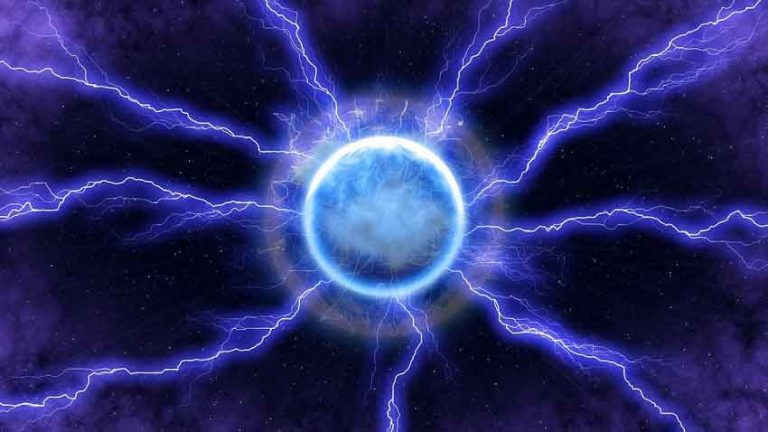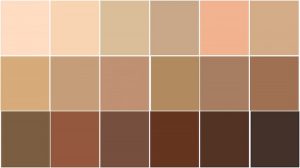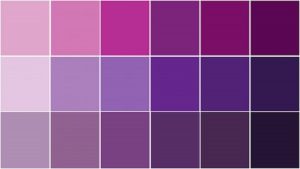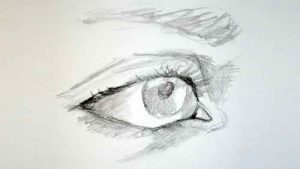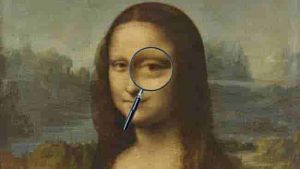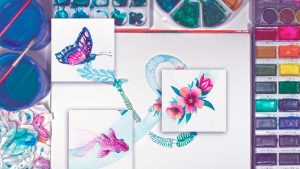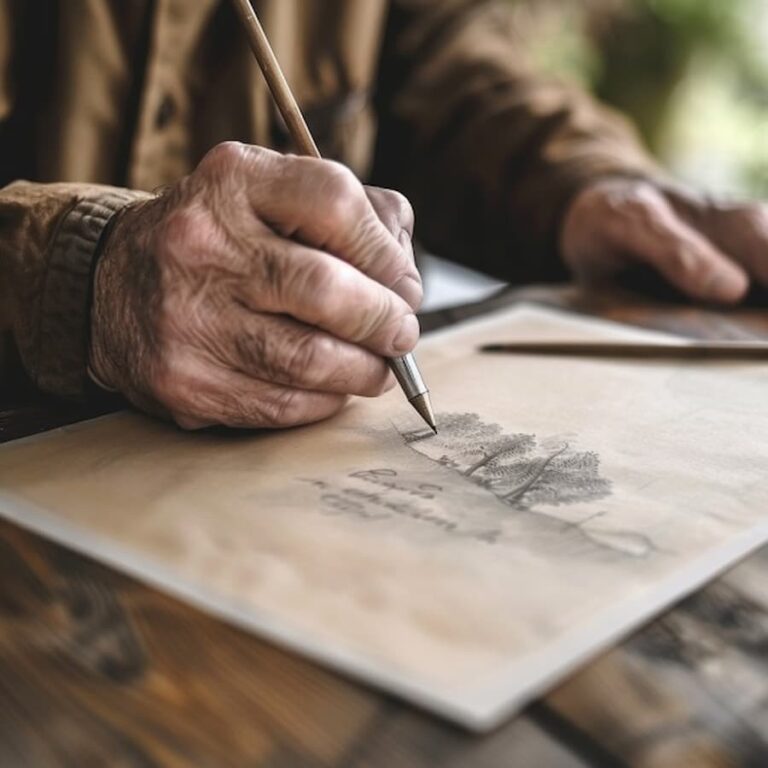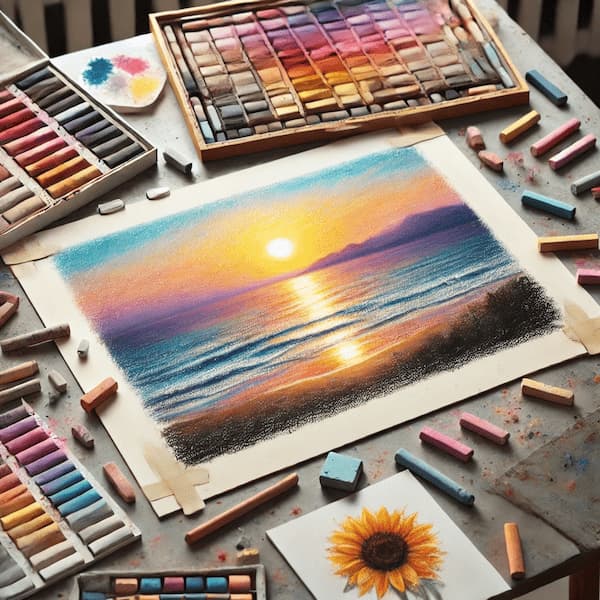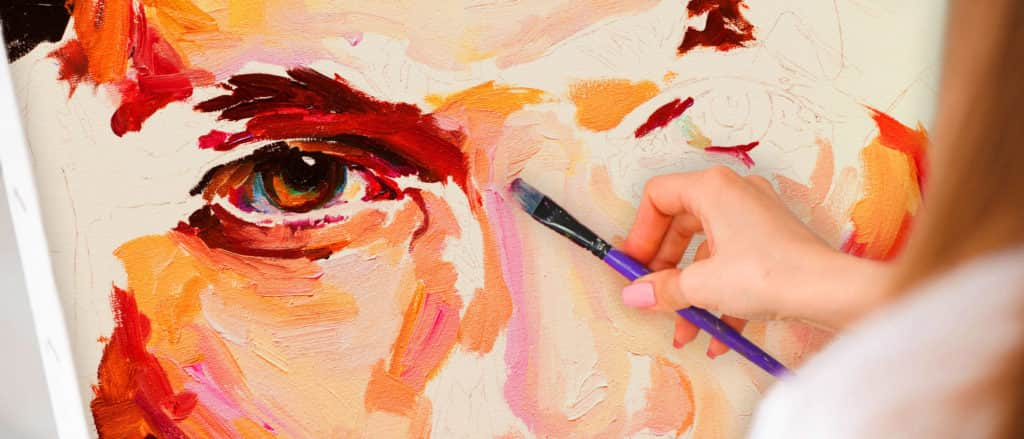Hello, artenauta! We are going to dedicate this entry to one of the most popular colors, both in clothing and decoration and, of course, in the artistic world: electric blue.
Here we are going to show you a series of facts about electric blue, which you may not have known before, and show you how to obtain it by mixing other colors. Let’s get to it!
Curiosities about electric blue
- It is called electric blue because of the bright and vibrant shade.
- Also known as Klein blue, after its creator, Ives Klein.
- Klein blue is obtained by mixing ultramarine blue pigment (a color that the artist had previously used monochromatically in his works) with Rhodopas M binder.
- During the Middle Ages, ultramarine blue was obtained from lapis lazuli, so its price was higher than that of gold.
- Electric blue is one of the brightest shades within the blue range, which makes it attractive to the human eye.
- In psychology, electric blue is identified with energy, attraction, intelligence, loyalty and trust.
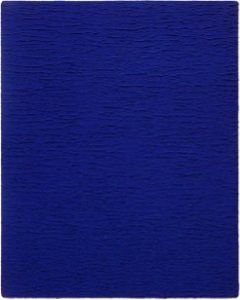
How to make electric blue
We must remember that electric blue as such is a name we give colloquially to a shade of blue (such as baby blue or chicken yellow), so it does not exist in the color chart. In the color chart we can find pigments such as:
- Turquoise blue
- Cerulean blue
- Ultramarine blue
- Cobalt blue
- Prussian blue
In this case, to achieve a shade very similar to electric blue, through the mixture of several pigments, we would opt for:
- Use ultramarine blue as a base.
- Add magenta. Very small amount, corresponding to a pinhead.
- Add white to the mixture, little by little (also using the head of a pin as a reference).
- We will add small amounts of these last two shades until we get the result we are looking for.
If you want to know much more about color theory, learning what are complementary tones, broken tones… we recommend you to read our post about Color Theory. But if you want to learn how to mix tones like a professional, getting the results you need for your works, visit our Painting Course.

